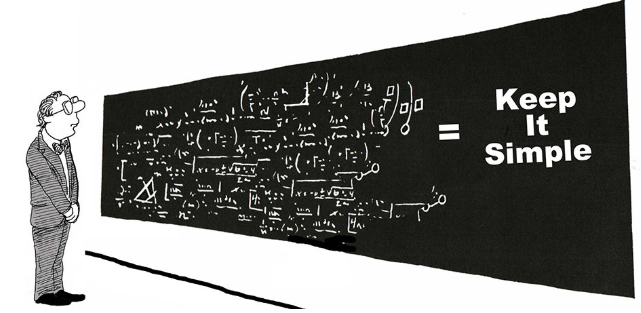Have you noticed how things are moving so fast? Uber quickly. How we seem to be caught up in a profound shift?
According to Bruce Croxon, a digital mogul who built one of the world’s first and foremost online dating empires, “we’ve generated more data in the last year than we have in the history of mankind simply by being connected on our mobile devices over the last 365 days.”
The whole concept of constant touch points is bewildering: all the places and times we’re in contact with prospective and current customers, possible recruits, existing and former employees. To think it’s all trackable. Measurable. Revealing.
We’re being hit with a tsunami of employee data
As this flurry of statistics threatens to overwhelm, HR can help organizations weather the storm by adding a new kind of capacity into their own operating model.
It’s the kind of expertise not typically found under the HR umbrella.
But one that’s hugely valuable when it comes to making sense of facts and figures across all employee frontiers – prospective, current and former.
Without it, chances of being “data rich and information poor” are likely. The chances of developing, attracting and retaining an engaged workforce are dim too.
To be strategic and successful HR individuals and teams need critical questioning skills.
They need to be analytical thinkers who know how to use, interpret and act on personality questionnaires, employee surveys, and predictive analytics.
How to slice and dice data
In today’s HR space it’s essential for practitioners to understand why they’re getting the kinds of data they’re getting. And how to use it to drive their organizations forward.
Building this kind of data expertise can be achieved quickly and economically by building a relationship with a reputable data-driven business partner; by forming a genuine partnership that becomes an extension of your own HR team.
- It’s about building the capacity to know what to do with data.
- Using different scenarios together.
- Taking opinion and bias out of the equation through statistical analysis.
- Visually depicting data in graphs and charts that make information understandable rather than just pretty.
- Understanding what metrics bring value to the leadership team and how to present it.
- Storytelling
- Securing sponsors from the highest levels of leadership who appreciate the strategic value of employee data and champion a culture of employee engagement.
If you’re an HR professional looking to move the needle in terms of culture and creating a better environment that impacts the bottom line, TalentMap’s team of sophisticated data experts can help you achieve these goals.





